Mamluks. Addition to the popular series “Knights and Knights of Three Centuries”
The second surah of the Qur'an "Al-Bakara" (ayn 190)
Warriors of Eurasia. Publishing cycle articles “Knights and chivalry of three centuries” aroused great interest among those site visitors who are interested in the topic of military affairs, armor and weapons past eras. Many expressed wishes to expand its chronological framework, which is understandable. However, no matter how one would like, far from always and not on all topics one can find quite interesting information, and, which is also very important, illustrations. The search for the latter sometimes takes many times longer than writing the material itself. In addition, not all photos of Internet resources can be used. But it also happens that there is a desire of readers to deepen the topic and ... there is everything to fulfill this wish. So, for example, in the previous material about the warriors of North Africa the Egyptian Mamluks were mentioned, but it was said that in the original source, the monograph by D. Nicolas, it was offensively little. But then he “corrected himself” and wrote an excellent study on them. True, within certain limits, it goes beyond the chronological framework of this topic. Well, no one bothers us to take them and expand them enough to describe them in detail, as well as consider weapons, armor and all their other equipment, by the way, very similar to knightly.
The same "armed slaves"
To begin with, who are the Mamluks (as well as the Mamelukes, which in Arabic means “belonging”). This is the military feudal estate of medieval Egypt, originally consisting of young slaves of Turkic and Caucasian origin, among whom were Circassians, Abkhazians, and Georgians. They came to Egypt in a rather interesting way: they were ... abducted in their homeland, where a lot of people hunted it, and then they sold it. It happened that parents who had many children, but the poor, themselves sold "surplus" boys, because they knew that the future of their children in this case would be provided. The boys brought to Egypt were converted to Islam, taught Arabic and military art in closed boarding camps. At the same time, they were taken care of in every way and, compared with the “street children,” they lived in excellent conditions. Trained young soldiers were "released" and their social status changed: the former slave was declared a free Muslim. Then they took the oath of allegiance to their bei or emir and had to fulfill it! And that’s all! Even the children of the Mamelukes did not become Mamelukes, since they had already received home education! And, by the way, that is why new Mamluks needed to be constantly bought and constantly cooked. And that is precisely why they were so devoted to their “father-commanders” that they saw what courage and loyalty turn into.
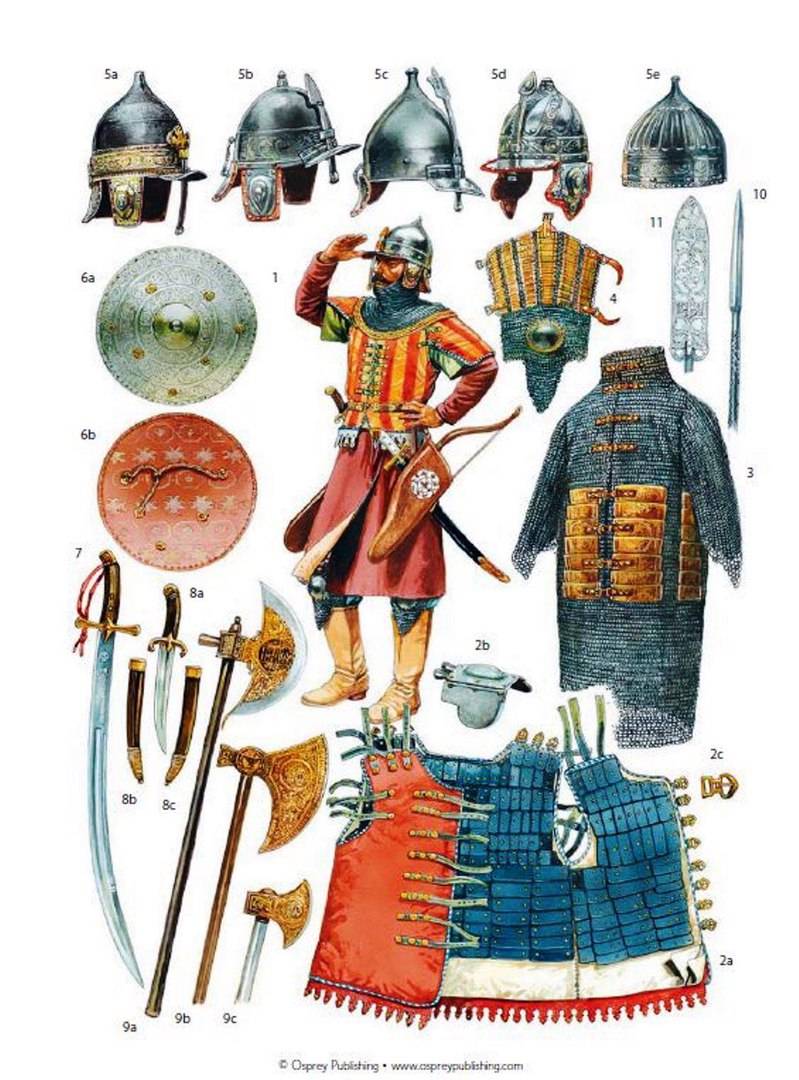
The weapons and armor of a Mamluk warrior of the 15th and early 16th centuries:
(1) Emir of middle rank of the end of the XV and the beginning of the XVI centuries, wearing a gilded helmet with a sliding bow arrow, a Kazakh man with a lining of chain mail and a scaly shell. Armed with a saber, dagger and bow with a stock of arrows.
(2а) Brigandine of the XV century from two layers of quilted canvas, a layer of metal plates and a top cover of red velvet.
(2b) Small steel plates that probably protected the shoulders.
(2c) Copper belt buckle on the front of the brigandine.
(3) A typical Yushman dating from the late 15th century. Rawhide straps are passed through the uppermost rows of chainmail weaving that form the collar of this armor to make it semi-rigid. The upper and lower parts of the armor consist of a chain hauber of large flattened rings, and the middle of gilded steel rectangular plates.
(4) Chain and plate armor for the hip and knee.
(5a) A gilded cone helmet with bolts and a movable platypus.
(5b) A bumpshield helmet without trimmings with cheek pieces and a movable platypus.
(5с) Helmet with head and movable spreader.
(5d) Helmet with engraving, cheekbones and movable platypus.
(5e) Fluted spherical helmet with engraved trim around eyebrows.
(6a) Appearance of an engraved steel shield.
(6b) The inside of the steel shield.
(7) Saber.
(8а) A dagger with a covered skin, a wooden handle and a bronze crosshair.
(8b and 8c) Both sides of the scabbard with bronze leather-covered trim.
(9а) A decorated battle ax with a crescent-shaped blade.
(9b) Battle ax with a “bearded” blade and the heraldic emblem of the Mamelukes.
(9c) A battle ax with a small head with gold-plated trim.
(10) Steel lance tip with a simple blade and a decorated sleeve.
(11) Engraved steel tip-shaped standard.
Fig. Peter Dennis
The forerunners of the Mamluks were ghouls in the Arab Caliphate, where the ruling elite very quickly realized how beneficial it was to use people without a clan, without a tribe, and not burdened by any national prejudices and clan interests. As a matter of fact, in ghouls and Mamluks in the first place there was always only one interest: you fight well - you have everything. Even betraying their masters to the same Mamluks was very difficult, because they knew no other life but their own, and it was clear that they did not trust any of the strangers. And what could they offer them? More gold, horses and women? All of this was enough for them, and besides, any act contrary to military honor was a shame for them. So they were brought up, therefore they fought bravely, and were fearless and incorruptible. That is, in fact, they were “knights without fear and reproach”, only Muslim ones. What could attract them and, of course, attracted them was power. After all, dying for the interests of others is not a hunt for anyone.
Turban helmet of the late 15th century. Helmets of this type are commonly called turban helmets because of their bulbous shape and bulges that mimic the folds of a turban. Since some groups of dervishes wore turbans wound with the prescribed number of folds, symbolizing an important mystical number, it is therefore likely that turban helmets were considered not only as armor, but also as a kind of religious insignia, their very form designated the owner as a fighter in the sacred the war. Together with chain mail armor, they were intended for heavy cavalry and were seen back in the 14th century. This helmet, apparently, belonged to the Ak Kuyunlu dynasty, which ruled in northwestern Iran and Anatolia in the 15th century. Inscriptions inlaid with gold and silver glorify local rulers, wish the owner good or give advice on how to achieve virtue. Helmet height 33.34 cm; diameter 24.13 cm; weight 1219 g. (Metropolitan Museum of Art, New York)
Therefore, only the Mamluks in Egypt felt like a single estate, how in 1250 they overthrew the Ayyubid dynasty and seized power in the country. One of the rebel emirs - the commanders of large detachments of the Mamluks, Aybek, then proclaimed himself the sultan. The new elite replenished in the same way as before. Apparently this method seemed optimal to the new Mamluk nobility: children were bought in the Golden Horde, and then they were made of them warriors. There are two known “dynasties” of Mamluk sultans who ruled Egypt: Bahrita * (1250 — 1382) and Burjits ** (1382 — 1517).
Turkish helmet with aventile, the end of the XV - the beginning of the XVI century. This particularly attractive and well-preserved Turban helmet is interesting in that it completely retained its chain mail aventail, which protected the lower half of the warrior's face and his neck. It is believed that this helmet was made in Shirvan. Helmet height 34.6 cm; diameter 25.4 cm; weight with a barmini 3350.9 g; without chain mail 1616 g. (Metropolitan Museum of Art, New York)
The elite of the medieval eastern army
Even such an example speaks of what kind of soldiers they were: at 1260, it was the Mamluks, led by Sultan Beibars, who defeated the army of the Mongol conquerors under Ain Jalut, and recaptured all of Syria from them, including its capital Damascus.
A year later, all Islamic shrines of Arabia fell under their authority: the cities of Mecca and Medina.
In the 1375 year, the Mamluks defeated the Armenian Cilician kingdom of the Rubenids, and so thoroughly that it no longer rose, and in the 1419 year, the emirate of Karamanids subjugated their power. True, after 100 years, the Turks of Sultan Selim I, using firearms that the Mamluks themselves underestimated, were able to defeat them at Marg Dabik and took control of Egypt. But then they also had the mind not to deprive the Mamelukes of their privileged status, although now they had to obey the Turkish Pasha.
In the 1798 year, Napoleon in the famous battle of the pyramids, well, the one where he said: "Donkeys and scientists in the middle", managed to defeat the cavalry of the Mamelukes. But he also invited the Mamluks to go to his service. Many of them agreed to this, took the oath of allegiance to him, and ... became his personal bodyguards, whom he unconditionally trusted.
In 1806, the Mamluks once again rebelled against Turkish rule, but were defeated by the Turkish army. Is over story Mamelukes tragically. In 1811, 1 of March, Egyptian Pasha Muhammad Ali invited the most notable Mameluke bei to his gala dinner and ordered his guard to kill them all. After that, the Mamelukes began to be killed throughout Egypt. It is believed that in all about 600 thousand people were killed, but some of them still managed to escape to Sudan. It is hardly an exaggeration to say that the Mamluks were the elite of the medieval eastern army. In terms of their fighting qualities, they were practically inferior in no way to their Christian opponents from overseas Europe, and in some ways they even surpassed them!
Использованная литература:
1. Smirnov, V.E., Nedvetsky, A.G. Mamluks - fearless warriors and scouts of Egypt // Living History of the East: Collection. M., 1998. C.249 – 257.
2. Nicolle, D. Mamluk 'Askary' 1250 - 1517. UK. Oxford: Osprey Publishing (Warrior No.173), 2014.
3. Nicolle, D. The Mamluks 1250 – 1517 UK. L .: Osprey Publishing (Men-at-arms No.259), 1993.
* The name of the Bahri dynasty indicates the overseas origin of its rulers, since it is derived from the Arabic word "Bahr" ("sea" or, less commonly, "big river"). That is, we are talking about people from across the sea or from a large river, for example, the Volga.
** Burji comes from the name of the citadel (al-Burj) of Cairo, in which Sultan Kalaun placed his guard.
To be continued ...
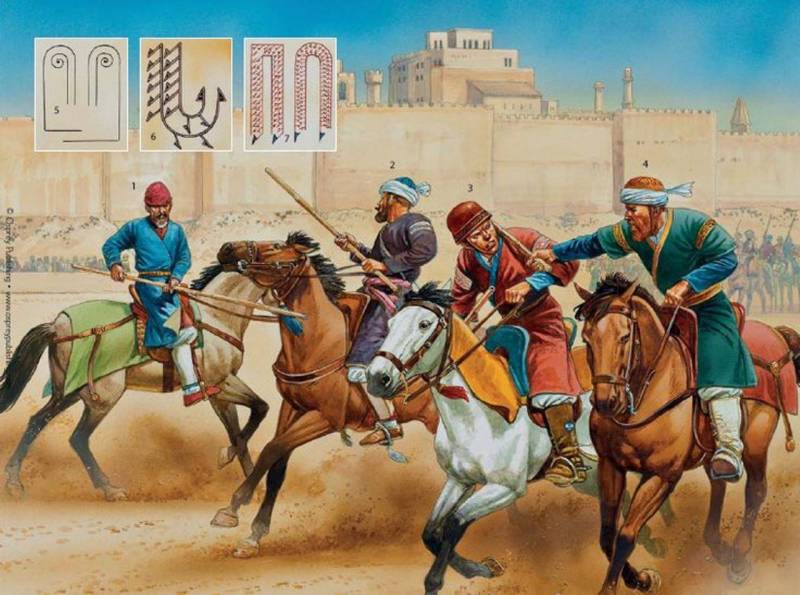
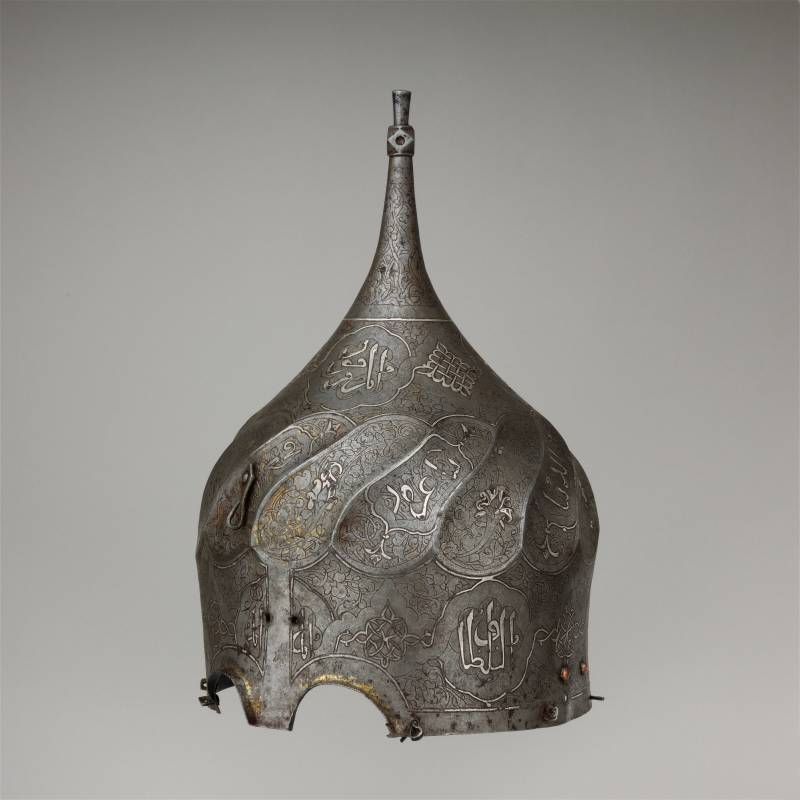
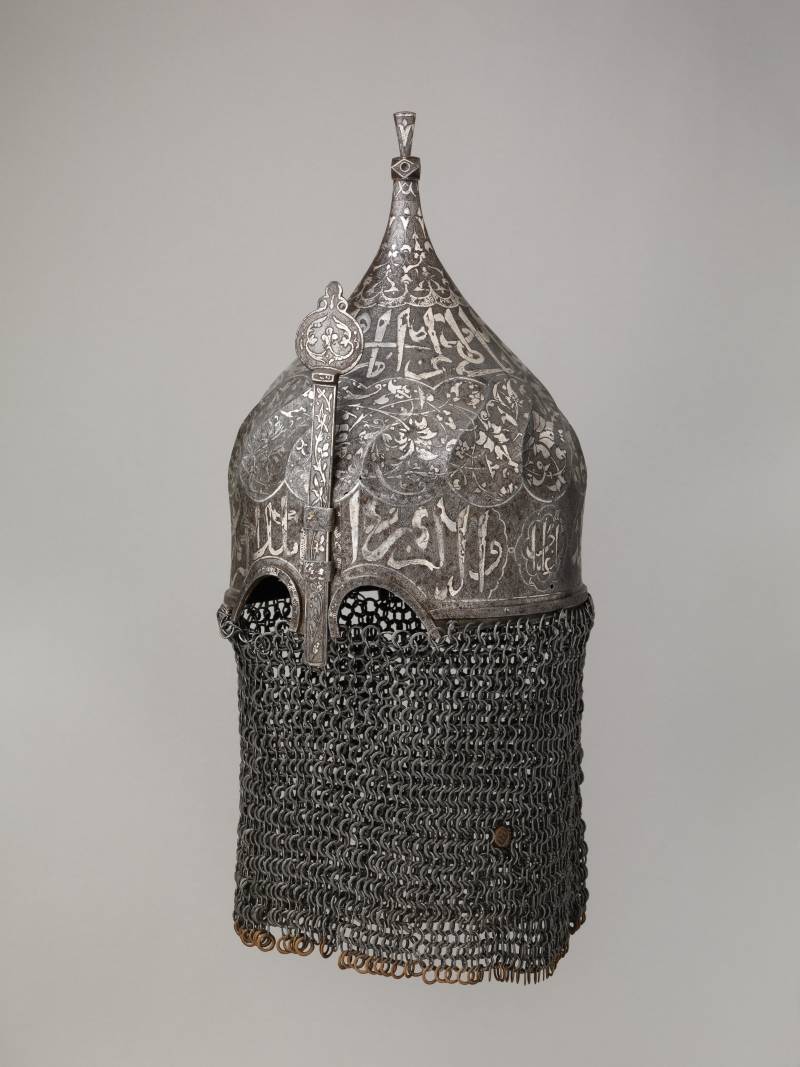
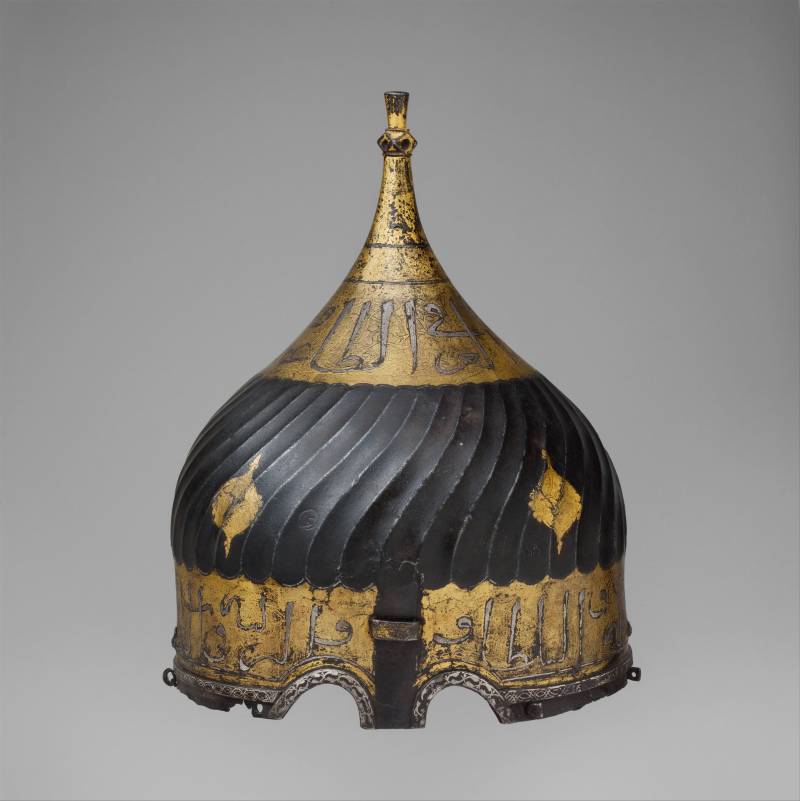
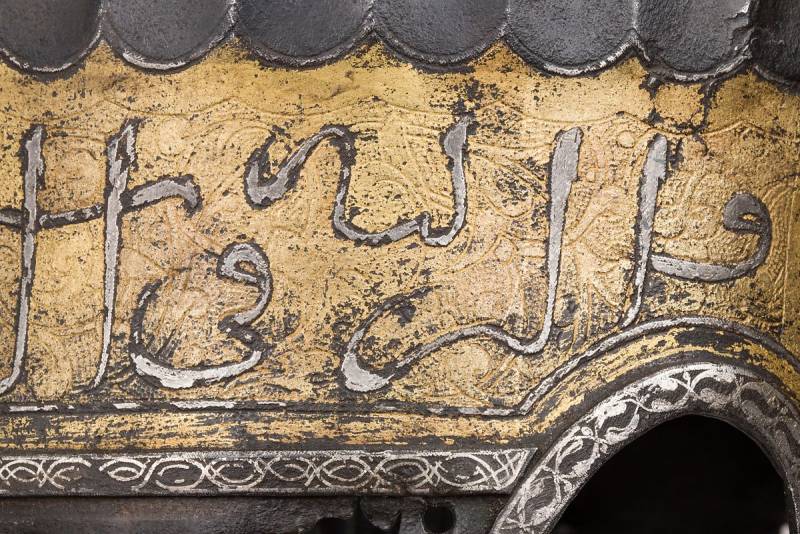
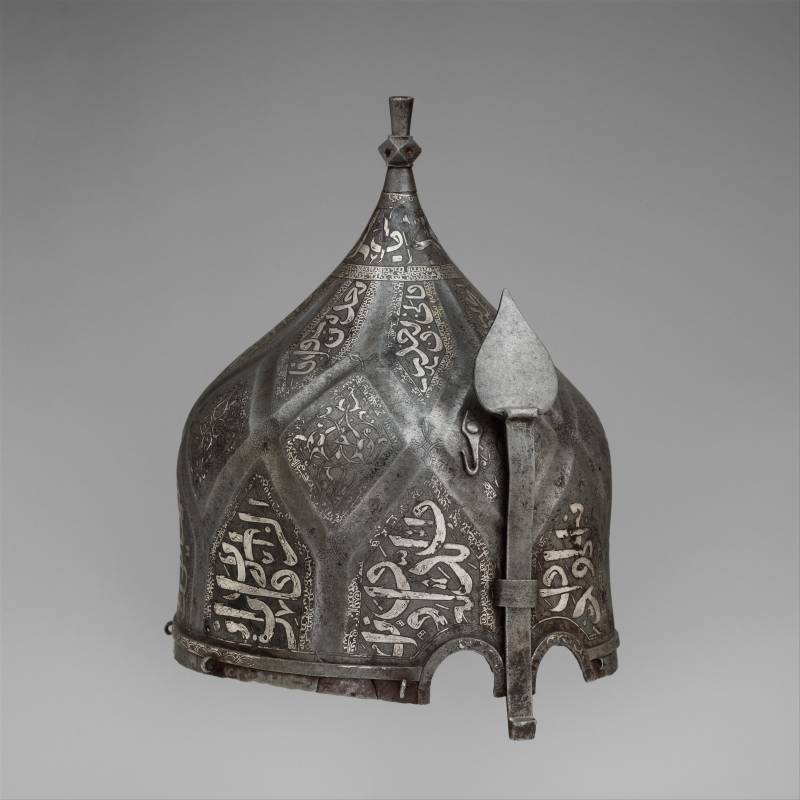
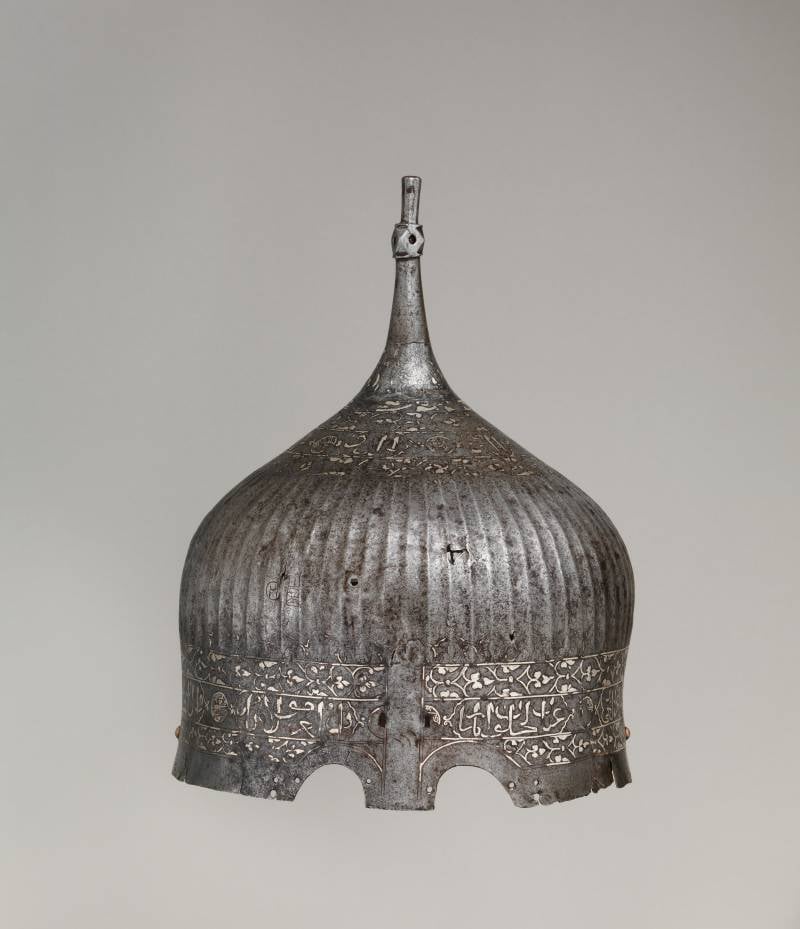
Information